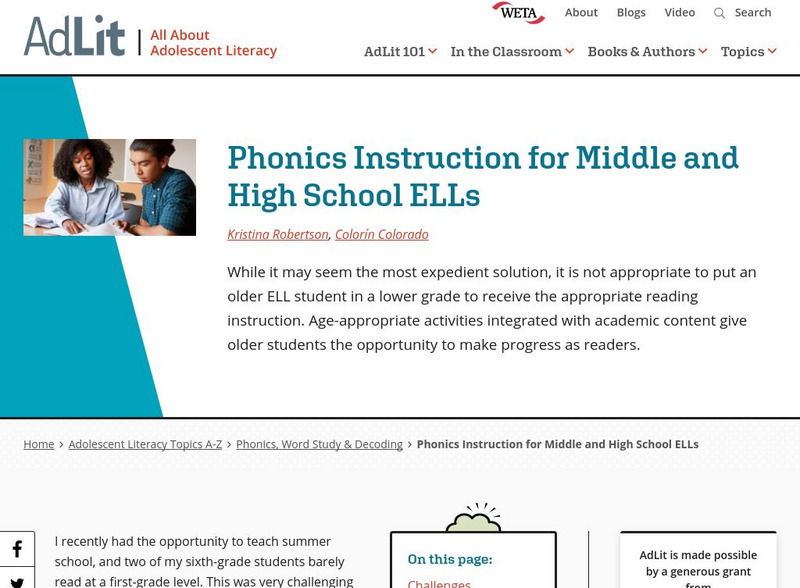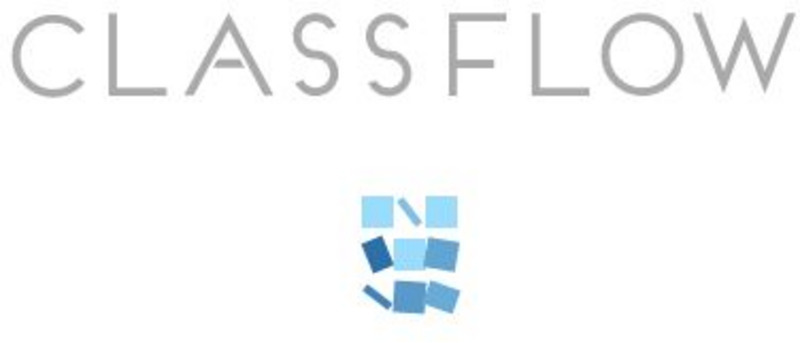Curated OER
What's So Good About Popcorn?
First graders use a thinking map to organize a paragraph. They write and edit their paragraph about popcorn and type the final copy on the computer.
Curated OER
Name Squares
Students examine the sounds the letters of their name make. They read Dr. Seuss' ABC Book and Mary Engelbreit's Put Em All Together. They practice writing the individual letters of their names in squares.
Curated OER
Kindergarten Holocaust Unit
Pupils determine that we are the same. They discuss that we have differences and realize our differences make us special. They recall the ways in which human beings and Sesame Street characters are alike. They create a second list...
Curated OER
Women in History
Students discuss the impact women have made on the United States. Individually, they choose two women to research on the internet to discover their contributions. They develop a PowerPoint slide to be combined with ones made by their...
Curated OER
Silly Snake
Students practice recognizing and sounding out the letter S. They listen to the alphabet song, "Sea Shell," by Amy Lowell, and view a large picture of a snake in the shape of the letter S. Each student points out other objects found in...
Curated OER
Poetry in Motion
Students expand their understanding and appreciation for poetry. In this poetry unit lesson, students complete 5 unit sections of multiple day activities to learn about poetry and its devices or forms.
Curated OER
All About Me Unit
Students engage in an "All About Me," series of activities in the beginning of the year. All sorts of ideas are in this lesson plan to help students express themselves and get to know their classmates.
Curated OER
Tick Around the Clock
Pupils examine and discuss the differences between clocks they are shown. Using the internet, they research how people used to tell time before clocks. They review what the long and short hand on the clock represent and practice telling...
Curated OER
Things About Me
Young scholars watch as the teacher explains how to use a storyboard to plan a PowerPoint presentation. They examine how to use clip art, background colors, and at least one transition before creating a PowerPoint presentation according...
International Reading Association
Lesson Plan: Making and Writing Words
A detailed and thorough lesson/unit plan designed to lead students into a greater understanding of word building through intense study and activities. Students learn spelling structure, word recognition, and phonics. Great resource!
AdLit
Ad lit.org: Key Literacy Component: Morphology
Morphology describes how words are formed from building blocks called morphemes, the smallest unit of meaning in a word. Students who don't understand this structure have trouble recognizing, understanding, and spelling words. Find out...
AdLit
Ad lit.org: Key Literacy Component: Decoding
Decoding is the ability to correctly decipher and identify a word from a string of letters. Students who struggle with decoding are at a disadvantage, but explicit instruction can help them learn this skill.
AdLit
Ad lit.org: Phonics Instruction for Middle and High School El Ls
While it may seem the most expedient solution, it is not appropriate to put an older ELL student in a lower grade to receive the appropriate reading instruction. Age-appropriate activities integrated with academic content give older...
ClassFlow
Class Flow: The Letter F Kindergarten
[Free Registration/Login Required] A Christmas themed activity for studying the letter /f/. Includes a graphic organizer, identification of upper and lowercase /f/, identification of the initial sound in Christmas vocabulary words, and...
AdLit
Ad lit.org: Spelling Supports Reading
Many readers are puzzled by the rules and exceptions of spelling. Research has shown, however, that learning to spell and learning to read rely on much of the same underlying knowledge. Read this article to learn more about the...














